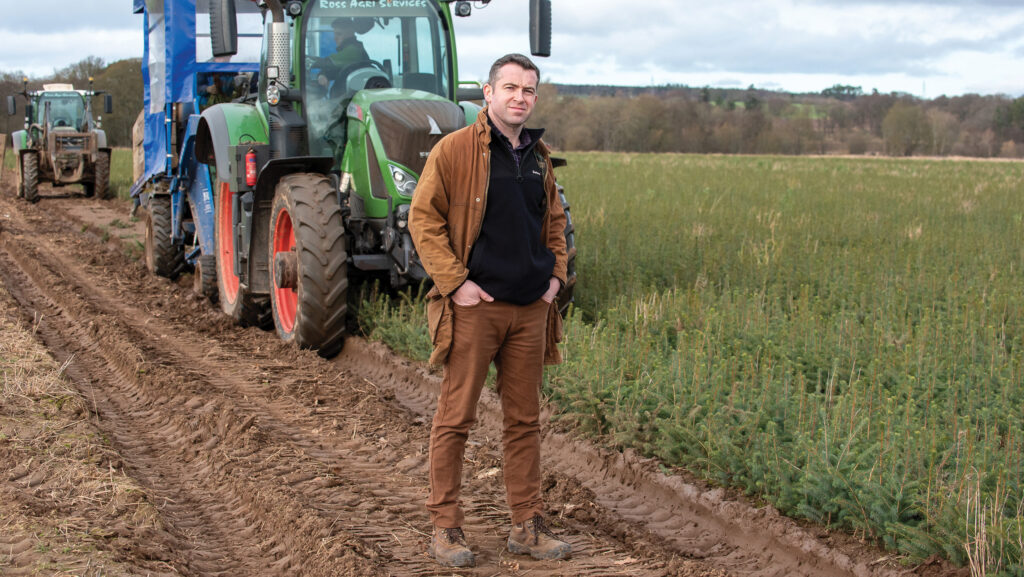Farmer Focus: Navigating autumn crop establishment
 © Angus Findlay
© Angus Findlay With harvest over, the long days diminishing and the night’s drawing in, we can afford to put to one side the lingering thoughts of the “what could have been” harvest and focus now on cropping 2026.
The winter months will allow plenty of time for hindsight, analysis and benchmarking of this harvest’s highs and lows.
However, a lot of it pales down into insignificance as the focus now shifts to next year and keeping the drills moving.
See also: Tips on cutting through the marketing hype for biostimulants
For us, crop establishment comes in several forms.
Due to our exceptional mix of soil types, depths and a busy crop rotation, we practice several crop establishment techniques, to try to achieve what’s best for the land without compromising on crop potential.
Where we are able to, we avoid the plough. However, it is used rotationally along with strip tillage, minimal tillage and non-inversion tillage in an attempt to have all winter cereals sown by the middle of October.
As much as I sometimes crave a “one system fits all” policy, which would allow for a significant reduction in our labour and machinery requirements, it just wouldn’t work for us without a major shift in crop rotation and a reduction in farm profitability.
Our autumn crop establishment is put under more pressure by our winter-only approach for the arable crops.
Although this helps mitigate the annual effects of dry spring weather and the gamble of growing malting barley, it does increase the workload and subsequent machinery and labour requirements into a very short window of opportunity.
This is all fine when the weather is on our side, but is posing challenging so far this autumn due to unpredictable weather patterns.
We always knew that the lack of rain this year and the false sense of security it creates would bite us eventually and in the past month for us it has.
However, it is not the volume of rain that has bothered me, because ultimately, we need it desperately – it’s the torrential and localised fashion in which it falls.
We have seen differences across our eight-mile farming radius of up to 10mm falling so quickly that you wonder how much use it is at all.


